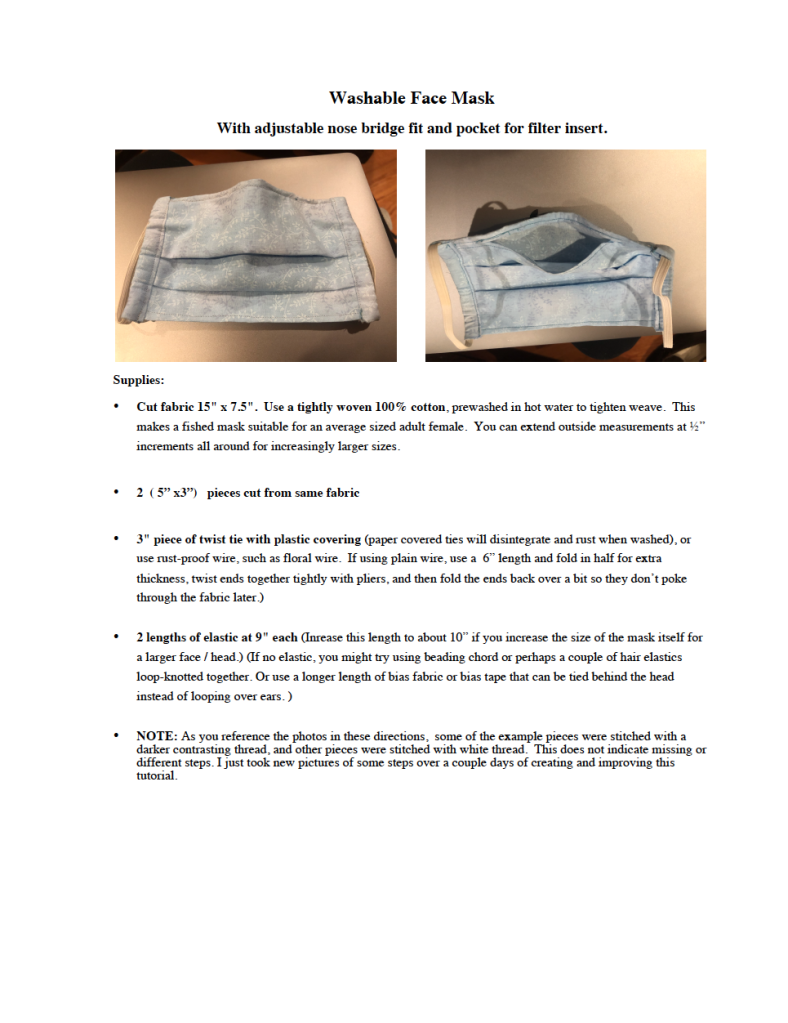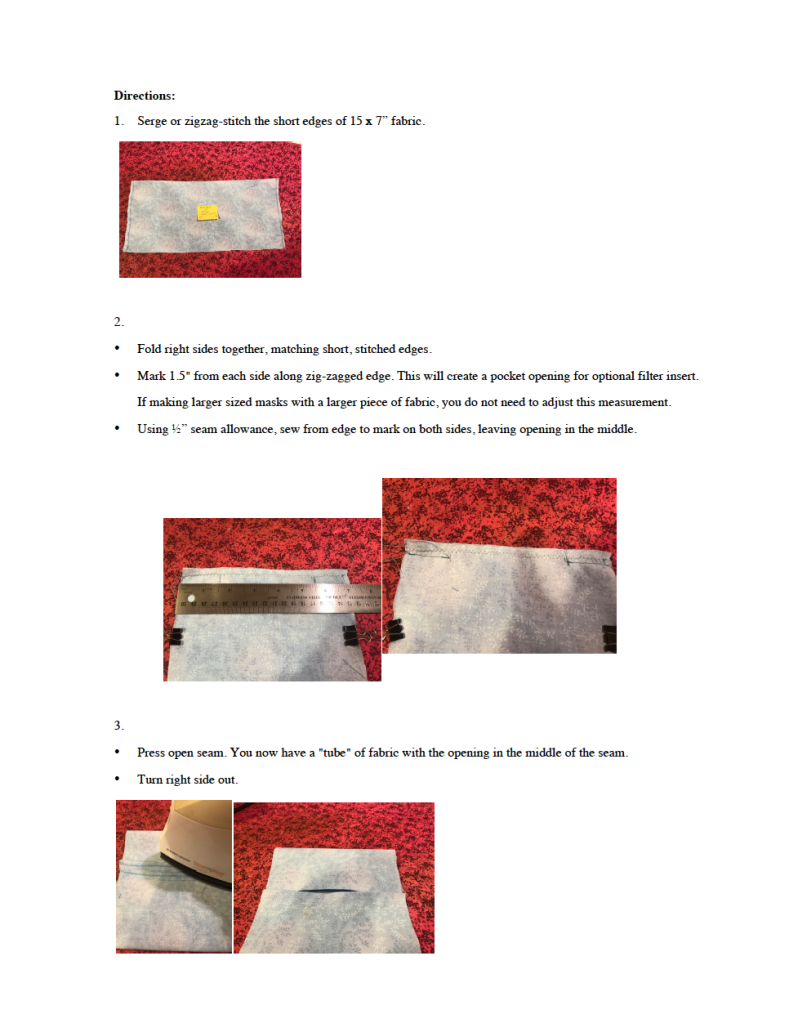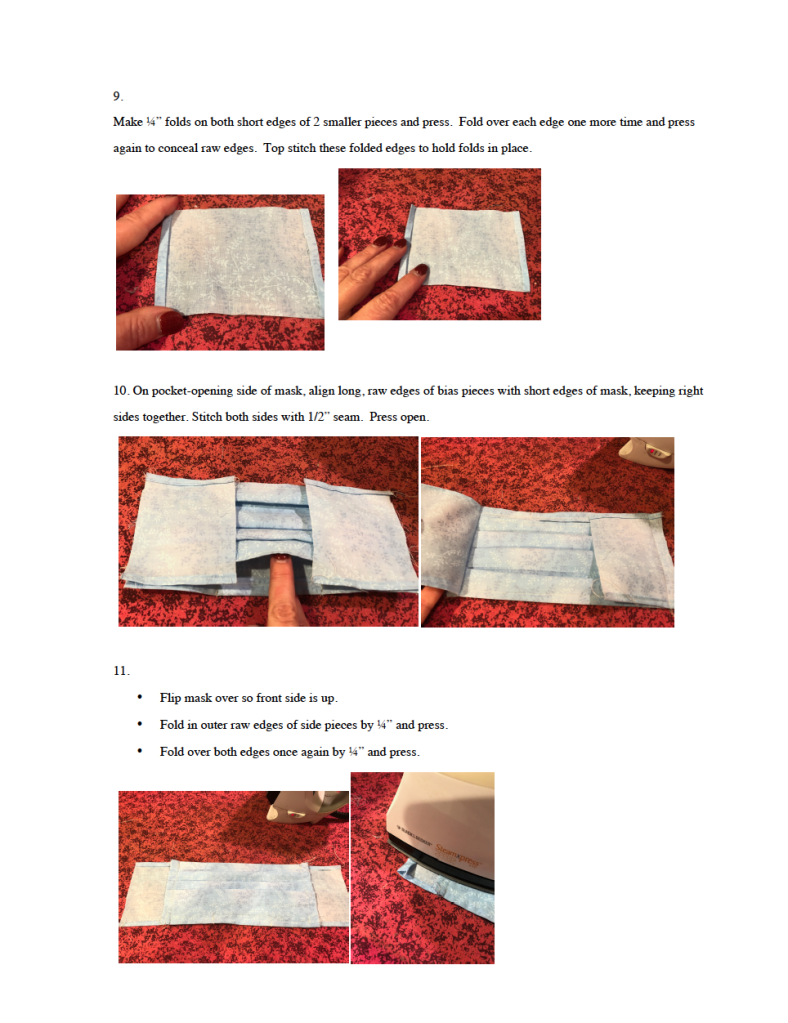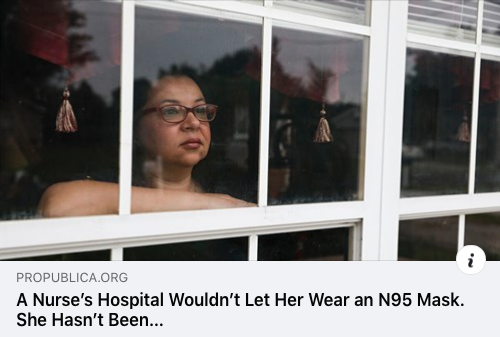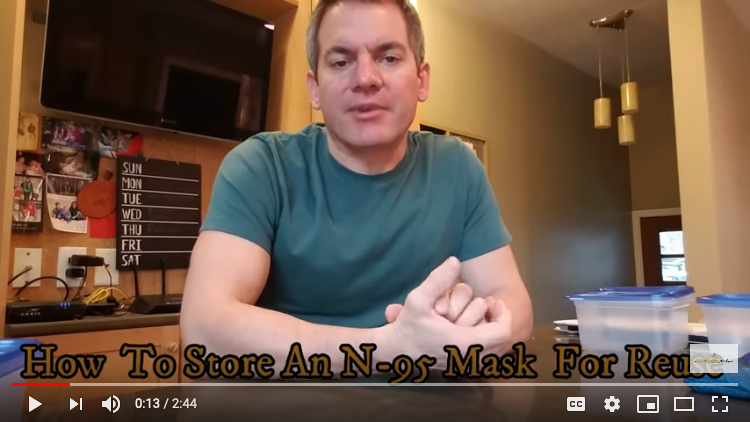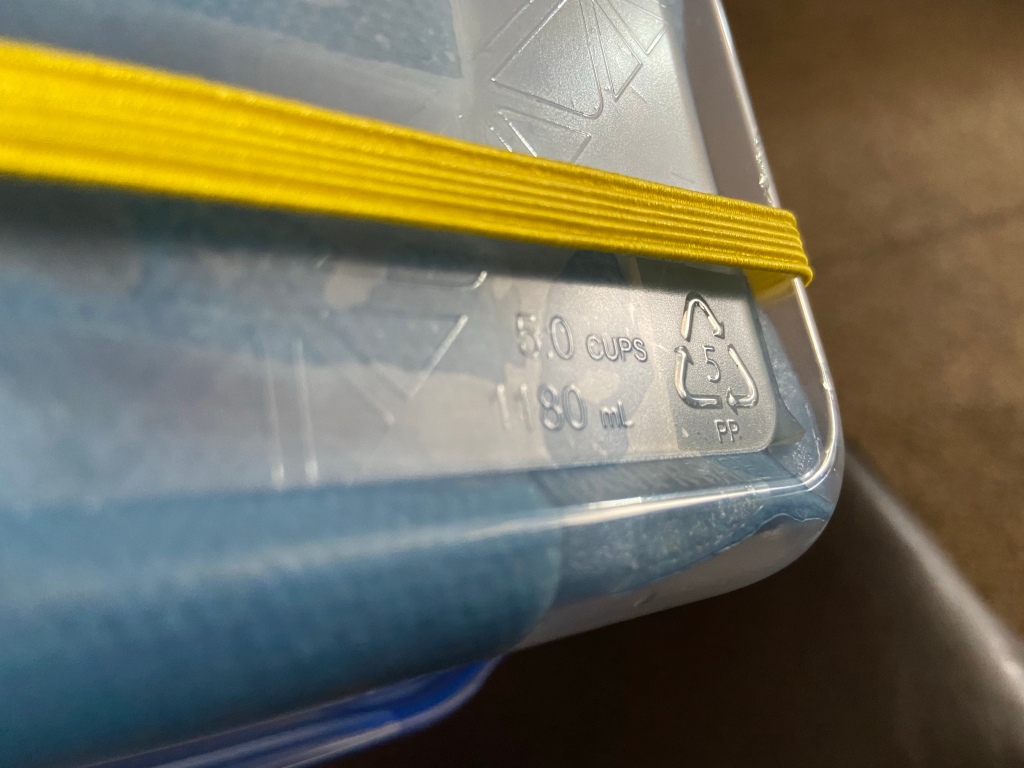Allied Resources Medical Staffing, 4949 Liberty Lane, Allentown, PA 18106, (610) 841-0210 – Great organization to work with – especially if you are just starting out. They were a subcontractor agency on my first assignment. After they had submitted my name for my first contract, I found an advertisement by the primary agency where I could have received more pay. This is how I discovered the differences in pay depending on which agency you go with. They weren’t able to make up the entire difference for me, but they did bump the pay slightly to help me out. Also, when I needed some employment verification for insurance on short notice they were extremely accommodating. Referral bonuses of $500.
Concentric Healthcare Staffing, 4250 North Drinkwater Boulevard, Suite 100, Scottsdale, AZ 85251, (855) 466-8773 – This is one agency I won’t be going back to anytime soon – and not because of the recruiter. I’ll tell you about the quality of her service in the following post. No, it was the account manager with whom I had a problem. The agency wanted me to talk to the client Director of Nursing to iron out the details of my contract. I did this, and one of the things we agreed on is that the only place I would be pulled from the ICU was to the ED. I went back to the agency and let them know everything was worked out. They sent me a contract with a general pull clause which would have made it possible for me to be pulled anywhere in the hospital. I asked them to change the contract to reflect the negotiations they told me to accomplish. I was told the legal department wouldn’t allow modifications to the wording of their contracts. I asked to speak to the account manager. I received a call from the account manager – a guy by the name of Nicholas Jimenez – who was absolutely rude and, in my opinion, unprofessional, and I told him so. He very quickly told me I was free to seek employment through another agency. Which I did, and I’m now getting $200 more a week than what Concentric was going to pay me for the same position. Mike Sherk, mnsherk@gmail.com
LRS Healthcare, 1120 North 103rd Plaza, Suite 3, Omaha, NE 68114, information@LRShealthcare.com, 800-811-0064 – Highly recommend. Current contract through them. Very smooth process from first contact to execution of contract. Mike Sherk, mnsherk@gmail.com
Maxim Healthcare Services, 7227 Lee Deforest Drive, Columbia, MD 21046 (with many satellite offices), 410-910-1500 – Good agency to work with. My recruiter was one of the nicest guys you will ever work with. But there are some shortcomings in my opinion. Their payroll department couldn’t tell me initially if my withholding would be for Pennsylvania, Maryland, or possibly both. Also, they seem to have a free-for-all with their recruiters. I’m constantly getting calls by new people. If I contract through this agency again, I want to use the same recruiter I had in the past and don’t need solicitation calls from others. Mike Sherk, mnsherk@gmail.com
Medical Solutions, 1010 North 102nd Street, Suite 300, Omaha, NE 68114, (several regional offices) info@medicalsolutions.com, 866-633-3548 – my initial recruiter with Medical Solutions was incredibly motivated – until I sign the contract. Then it became increasingly difficult for her to respond to any form of communication. See my comments in the appropriate following post. As an organization though, not bad to work for. If you want a contract in Washington, DC or Baltimore this is one of the agencies that you should look at. They seem to have, at least for the time being, an inside track to MedStar Health facilities. Mike Sherk, mnsherk@gmail.com
SnapNurse, 675 Ponce De Leon Avenue NE, Suite 8500, Atlanta, GA 30308, 844-804-7627, Text 844-804-7627 – I traveled with SnapNurse to the Ft. Lauderdale area in the late summer of 2020 to assist the Florida Department of Health with COVID-19 testing. This was a pretty good gig which paid pretty well. BUT SnapNurse will typically If pay your travel to the work area and your lodging. This means you won’t be getting any tax free lodging stipend. Also, they don’t give you the stipend for the meals and incidentals. You have to pay that out of your own pocket. Like I said, a pretty good gig. If you’re just starting out and don’t want to deal with the logistics of traveling this may be a good way to go. If you have experience and are comfortable setting up your own travel and lodging you may want to look elsewhere in favor of maximizing your tax free income. Mike Sherk, mnsherk@gmail.com
Please contribute to this post by leaving your comment below or by emailing them to me. As I receive your information, I will update this post with your comments and arrange the content in alphabetical order by agency name.
As always, please share below on the platform(s) of your choice, hit that like button, leave a reply if you’d like to share your thoughts, and check the boxes if you would like notifications of new comments and/or posts. Finally, if you are moved to support my efforts in publishing this blog you are free to make contributions via Venmo @nursinginthetrenches. Thanks! See you next time.






